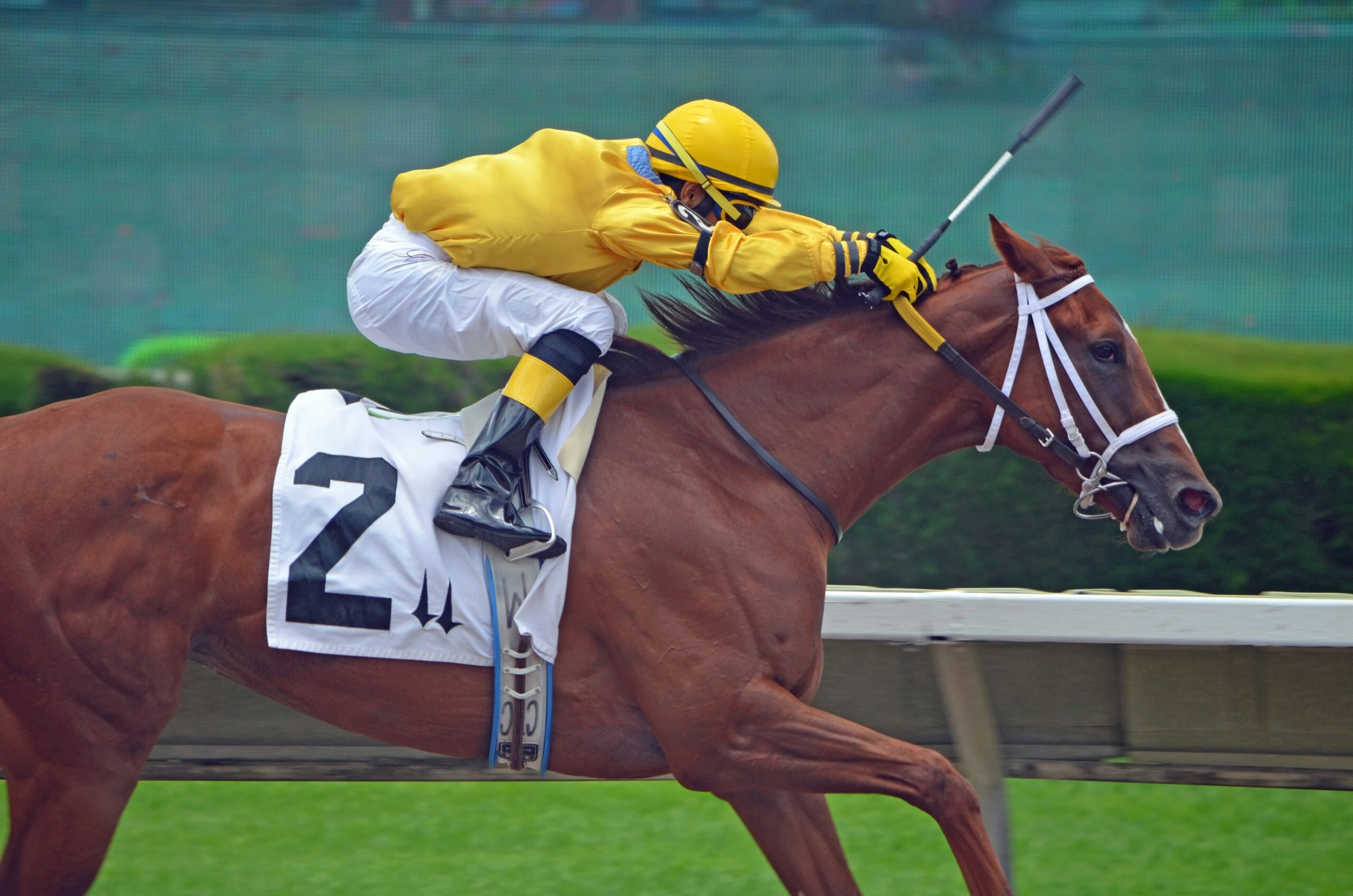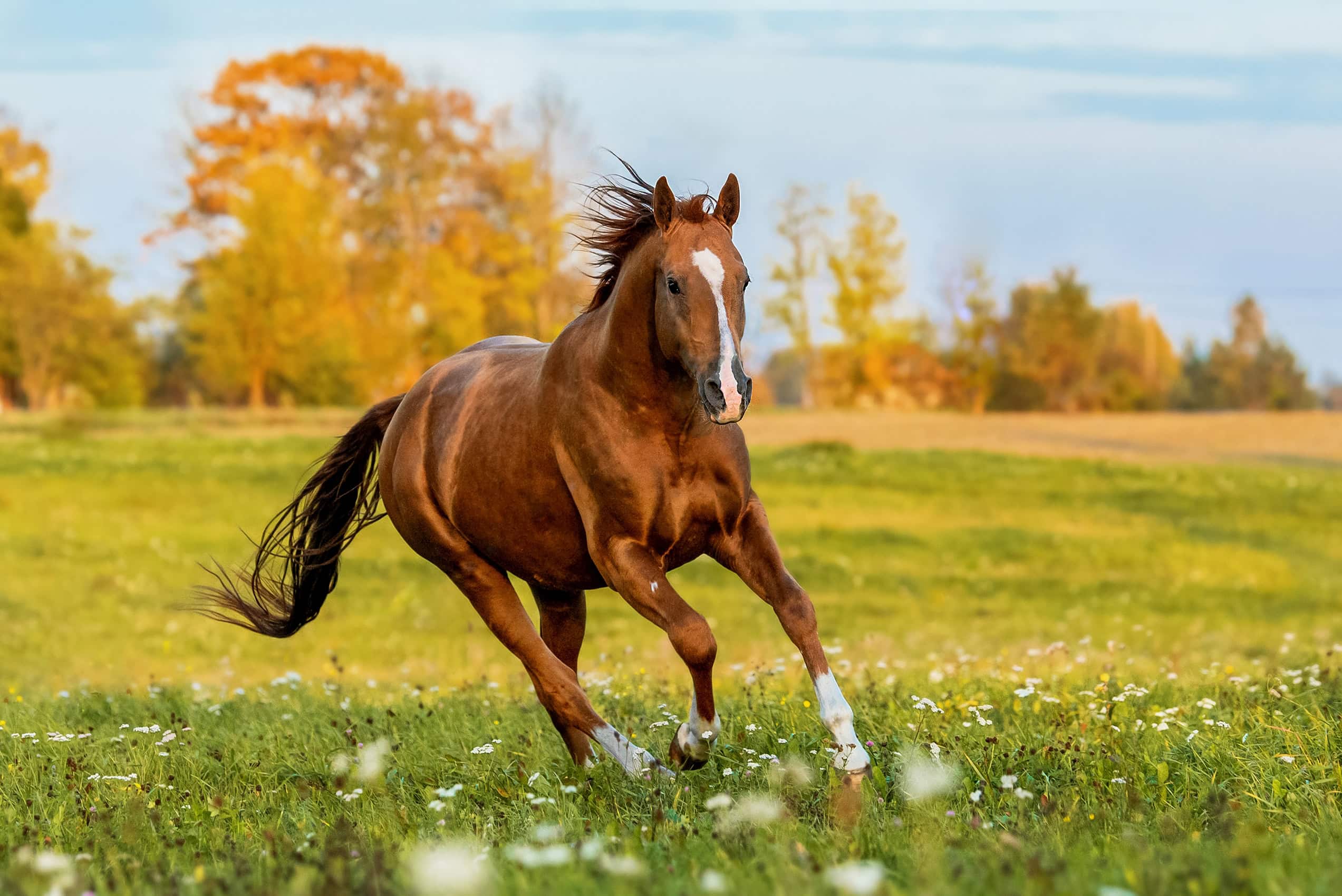Riding horses can mean many different things to many different people. Some ride them out of necessity for their profession in ranching or field work. Others ride out of pure love of the animals and the experiences they can have with them. Meanwhile, some riders enjoy the thrill of competition and take pride in training a horse to be a premier athlete or showman.
Once a rider masters the basics of being on and working with horses, they can specialize the type of riding they do based on two distinct classifications – western riding and English riding. Those with experience engaging with horses may know that each style has an accompanying set of unique foundational elements and competitions that separate it from its coastal counterpart.
However, in the case of both disciplines, training a horse can sometimes be a daunting task – especially when preparing them for entry into competitions. There are a number tips offered by experts in their respective fields that riders can use to help guide their horse to a state of improved discipline and athleticism.
Western riding
“It is recommended that riders stick to the basics and avoid extra flair when riding.”
Western riding is characterized by the large, more weighty saddle used to give the rider a greater degree of comfort. It is also marked by its competitive events derived from the cowboy lifestyle like reining, barrel racing, roping, competitive trail riding and the comparatively less-intensive western pleasure.
T.J. Clibborn, a natural horsemanship trainer based in Milton, WI, and Dana Panella, an American Quarter Horse Association professional horsewoman and competition judge based in Mukwonago, WI, spoke with HorseTrainer.com and offered pointers and exercises for riders hoping to improve their western riding skills. The skills offered can be used ubiquitously across generally any western-style event.
Ride with your legs
Control should be dictated less with the hands and more with the legs.
“Horses move away from pressure, but riders seem to want to balance their horses off their hands and drive straight from the bit,” said Clibborn to Horsechannel.com. “There are a lot of horses that are real heavy in their front end because they cannot get off their own shoulders.”
To encourage less leading from the rein, Clibborn suggested riders set up four or five sets of cones or barrels and ask their horse to weave through them from leg-yields. Yield the horse alternately from left to right, allowing it to move a few steps past each checkpoint before changing direction. This exercise will keep the horse from leaning into the bit and teach it to move from your leg direction.
Sit more efficiently
Many horsemanship riders tend to sit with their backs arched and in generally uncomfortable positions. This could cause muscles to strain and become unnecessarily sore when riding. It could also create a stiffness the horse could find irritating.
Panella told HorseChannel.com riders could correct their bad seating posture and improve balance with an exercise derived from an English-riding technique called riding in the two-point position. This type of training essentially requires you to ride imagining a straight vertical line moving from your ears, through the shoulders and hips and down to the back of the heels. Gravity will be responsible for pulling the heels downward. The exercise is known to be a bit challenging but effective in correcting poor poise.
Avoid fads
Certain things in the world of horse riding are discussed and practiced but amount to little more than extra and unnecessary attempts at showmanship. An example of this is when riders want to show how lightly their horses can be ridden so they pass the reins through only their separated finger tips. This is a dangerous practice and one that ultimately does not improve communication between rider and horse.
Another example, highlighted in Horse and Rider magazine by Bob Avila, National Reining Horse Association Futurity champ, is riders encouraging horses to drop their heads when moving through patterns or after performing certain movements. While there are low-headed horses whose genetic makeup gave them a neck that naturally comes out flat from their withers, some owners have tried to artificially lower their horse’s profile. They attempt this by using heavier reins and bits.
According to Avila, forcing a high-headed horse to act against its instincts is inefficient because it may lower its head for a short time in training but not consistently otherwise. It is recommended that riders stick to the basics and avoid extra flair when riding.
“Just keep it simple in every way,” said Francis Whittington, an eventer, to Horse and Hound Magazine. “If it’s complicated, it’s probably not right. [Former British World Class Performance showjumping manager] Rob Hoekstra told me this and I keep it in mind all the time.”
Fred Thomsson, a professional breeder, trainer and world-renowned champion in reining, also provided a series of exercises on how to improve western riding in a video hosted by the Virtual Horse Help YouTube channel.
According to Thomsson, mastering these 5 softness and collection techniques steps are keys to optimally training a horse in western fundamentals. The techniques allow a horse’s body to more easily accept the bit and guidance from the rider’s foot which are key components of any western maneuver.
- Step 1: Walk in a circle. Hold reign with 2 hands and collect horse’s head to the inside. Horse is expected to yield to the bit and flex its nose. Guide it to move in small circles and stop it if it does anything out of the ordinary.
- Step 2: Collect horse with both hands so its nose is pointed inward towards shoulder. Make sure you drive the horse forward with your legs as it continues to move in circles.
- Step 3: Use counter-arched circles. Collect the horse’s head to the right and move its body in circles to the left, or vice versa.
- Step 4: Back up. This technique is used to teach stop, help them draw back on a loose rein and also slow down a horse that is moving too fast. Without this, it can be difficult to get discipline and willingness from the horse. Ride with two hands and draw slack from the reins with each. Release and repeat the process a few times. Pull slightly harder and drive with legs more if the horse is stiff. However it is important to reward the horse with a rein release after he performs the movement correctly.
- Step 5: strafe the horse. Softness is expected to increase as you progress through the exercises and this movement is intended to be the most challenging of the set. Push the horse forward in a straight line and collect its head to one side. Driving with the outer leg as a propeller, use the inner leg as a director to make the horse move its hip forward. The horse should then move ahead in a strafing motion with its head still collected inward.
English riding
English riding is defined by small saddles and a lack of stirrups which give riders more contact with the horse’s back. Many events in this discipline are featured in the Olympics, some of which include pleasure riding, polo, show jumping, dressage and equitation.
Practical Horseman Magazine attended the eighth annual George H. Morris Horsemastership Training Session at the Palm Beach International Equestrian Center in Wellington, Florida. George Morris is the team leader for the for the United States Equestrian Federation show jumping team and is widely considered to be the founding father of hunt seat equitation. Practical Horseman Magazine reported on a variety of tips Morris offered riders on how they can improve their English-style riding.
Keep the horse inline
According to Morris, horses have a degree of straightness that comes from two levels: their top and bottom lines. The top line refers to straightness achieved from the dock of their tail to their poll. The bottom line is measured in how accurately a horse’s hind legs follows its front when moving; ideally, the hind legs should be planted in the exact ground indentation made by the front.
Morris stated riders tend to overbend their horses and make them crooked. He suggested that during canter, riders should create a degree of inside flexion so they could see the back corner of the horse’s inside eye, but no more.
Cavallettis used for rhythm
Morris also recommended using cavalletti instruments to help horses get used to working in regular rhythms. In one exercise, two Cavalletti should be set up within a short bending line. Riders must approach from the right and trot over the first obstacle then ride the bending to the left and trot over the second cavalletti, then repeating the process. The alternating bending is intended to help the supple the horses.
Get lighter
Riders should be lighter on their horse’s back when galloping or jumping. The angles of their hips should be closed and their upper bodies leaned forward by about 30 degrees. This positioning allows the horse to get a better range of movement when performing high intensity actions. Riders can take a more defensive stance when approaching things like precarious fences for the first time. However, when riders trust that their horses can topple such obstacles, they can rest return to the lighter position.
Show no fear
Horses can sometimes be apprehensive when they approach jumps, but it is up to the rider to maintain their composure. If a reluctant horse senses the same emotion in the rider, it will question whether or not it should proceed with the jump.
“The relationship between horse and rider is closer than any two beings, even if you’re married,” Morris said, according to Practical Horseman Magazine. “When a horse gets tentative, you don’t get tentative. That’s the kiss of death.”
Being confident in the abilities of you and your horse is an excellent start to pushing a potentially nervous equine over a tricky obstacle.
Riding is a continuous learning experience
Regardless of western or English riding, there are some standards that can be applied to horse-work across the board.
Andrea Fappani, a $5 Million Rider and three-time NRHA Futurity Champion, offered advice on his website about why it is important for riders to soak up as much information as they can.
“What has helped me through the years is getting a lot of help from different people,” Fappani said. “I try to pick people’s brains. I see a lot of guys that get to a certain point and win a little bit, and they think they’ve got it figured out. But it is a lot of hard work and learning from everybody. “
Experts and other riders can be incredibly valuable sources of knowledge and expertise but, much like everything in life, you cannot rely on one person to teach you everything there is to know about a subject. It is best to get opinions and tips from a wide variety of people then sift through them all to figure out what works best for you and your horse. Every horse is different and no one knows a horse better than its owner. It may be more difficult for some horses to learn or be comfortable doing certain techniques compared to others.
“Knowing what kind of horse you’re on is very important in training,” Fappani said. “By that, I mean that you have to know what type of mind your horse has when you start training in order to be able to get your horse to their highest potential. On a lazier horse, you’ll have to push them harder to get them to realize what they’re capable of doing, but on a sensitive horse you have to be more careful.”
It is important that owners realize this and work with their horse at their own pace.











